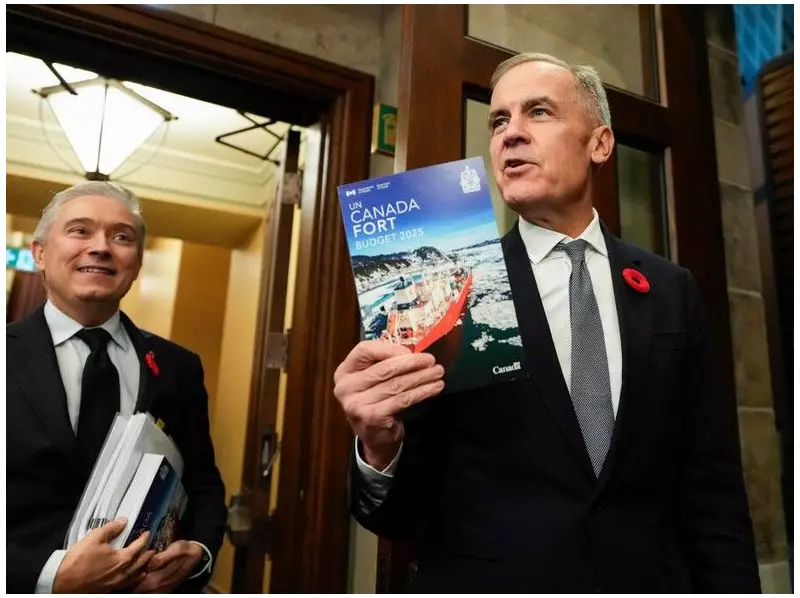
In a landmark announcement that signals a major shift in Canada's defense posture, the federal government has committed to pouring nearly $82 billion into military modernization over the next five years. This represents the most significant investment in Canada's armed forces in decades.
The sweeping $81.6 billion funding package, outlined in Ottawa's updated defense policy, aims to address critical capability gaps and position Canada as a more robust contributor to global security alliances. The timing coincides with increasing international instability and pressure from NATO allies to meet defense spending targets.
Where the Billions Will Flow
The massive injection of funds will target several key areas of military readiness:
- NORAD Modernization: Billions allocated to upgrading North American aerospace defense systems in partnership with the United States
- Equipment Renewal: Replacement of aging military assets including fighter jets, naval vessels, and armored vehicles
- Personnel Support: Enhanced benefits, housing, and healthcare for Canadian Armed Forces members and their families
- Arctic Capabilities: Strengthening Canada's military presence and surveillance capabilities in the strategically important Arctic region
- Cyber Warfare: Significant investments in cybersecurity and digital defense infrastructure
Addressing NATO Commitments
This spending surge moves Canada closer to meeting its NATO pledge of allocating 2% of GDP to defense—a commitment that has been a point of contention with alliance partners. While Canada currently spends approximately 1.3% of GDP on defense, this new investment represents a substantial step toward closing that gap.
The updated defense policy comes as Canada continues its support for Ukraine against Russian aggression, with military aid already totaling billions of dollars. Government officials emphasize that a stronger Canadian military contributes to both national security and international stability.
Long-term Strategic Vision
Beyond the immediate five-year horizon, the defense policy outlines a 20-year vision for transforming Canada's military into a modern, agile fighting force capable of responding to 21st-century threats. This includes adapting to new domains of warfare such as space and cyber while maintaining conventional combat readiness.
The funding commitment faces scrutiny in Parliament, where opposition parties will examine the details and implementation timeline. However, there appears to be broad consensus across political lines that Canada's military requires significant reinvestment after years of deferred maintenance and capability erosion.
Defense analysts describe this as a watershed moment for Canada's armed forces, potentially reversing decades of underfunding and positioning the country for a more assertive role in global security affairs.





